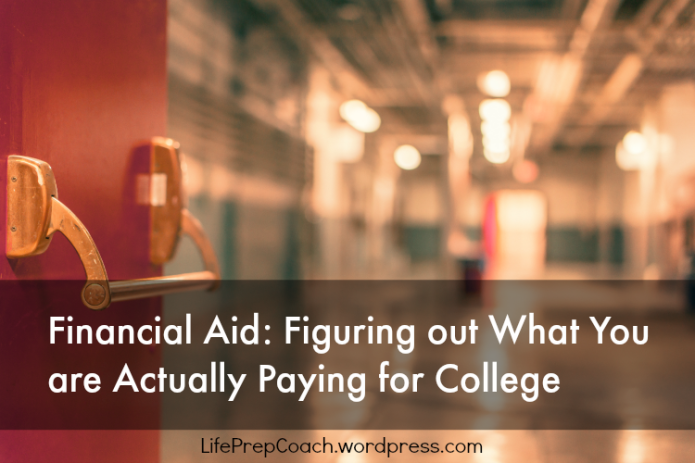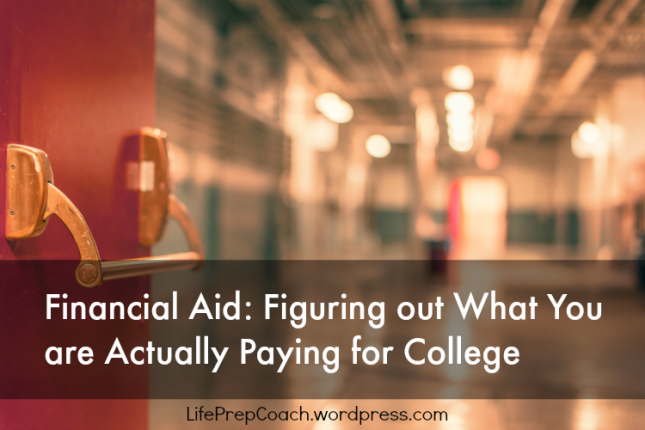How to Appeal a College’s Financial Aid to Receive More
Dealing with a Low Ball Offer
This month, we have been going over various types of grants. The last part of this series is perhaps the most important. It has to do with getting schools to compete for you after they have sent a formal offer. The bottom line is you can appeal to the school for more money. This can happen in a couple of different ways. The first is due to hardship. If your family has experienced some financial hardship in the last year that makes the Free Application for Student AID (FAFSA) unrepresentative of your current circumstances, you can appeal to the financial aid officer and present your case. Bear in mind that these have to be legitimate family issues; a parent that was recently laid off their job, a sickness in the family, or some other valid reason. Vet bills for your favorite horse probably don’t apply. Financial officers have the ability and discression to adjust expenses due to out of the ordinary new circumstances. They are people too and have a heart.
A
The second appeal is to simply ask for more dollars. Schools can and do low ball their first offers. There is information available that estimates the average percentage of “need” that a college will provide. If the figure you receive is significantly below that average for you as a student, the school is attempting to low ball you. In this case, you can go back to the college and indicate that their offer is below what you believe you can afford and thus ask them to sweeten the pot. If you are a student they want to fill their seats, they are often willing to do so. It never hurts to ask.
A
The last appeal is based on competition. If you have a school that wants you and you want to go there but another school is offering a better package, tell the lower bidder. Explain the situation. Express the fact that you would like to go to their school but have other offers from other quality schools that are more cost effective. Provide the low bidder the details of the offer and ask them to meet it. If they want you and the offer is truly competitive, you may be surprised to see how the low bidder will work to get you into their school. Worst case is they won’t do it. Best case is they can up the grant and save you significant dollars.
A
Action time.
A
College education is a business, a big one. It works like a business in its dealings. While not quite the same as the corner used car lot, there are issues to be considered in reducing your costs and trying to obtain the best deal and still receive a quality education. I would look forward to working with you to help you receive the best value for your education dollar. Feel free to email me of give my office a call for an initial consultation.
Come over to our website specifically designed for college preparation.
www.lifeprepcollegeplanning.com
To Jump Starting Your College Life!
Coach Rossitto
The opinions voiced in this material are for general information and are not intended to provide specific advice or recommendations for any individual.
Securities and Advisory services offered through LPL Financial, a Registered Investment Advisor. Member FINRA/SIPC
The LPL Financial Registered Representative associated with this site may only discuss and/or transact securities business with residents of the following states: AZ, CA, MD, NY. TX
A











You must be logged in to post a comment.